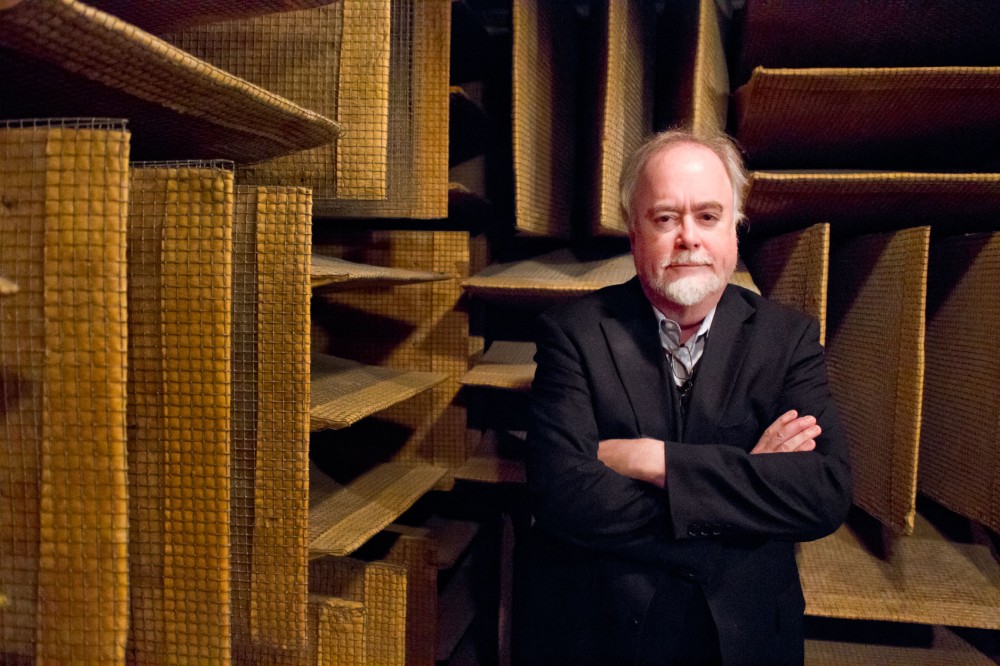Noise reverberates through one room in Orfield Laboratories. Down the hall, another room is deathly quiet.
Orfield Laboratories Inc., less than two miles from the University of Minnesota’s West Bank, houses the quietest room on earth. The room is used by companies nationwide for audio research.
Its walls absorb 99.99 percent of all sound, and it’s used for testing products like hearing aids, lawn mowers, leaf blowers and heart valves.
The lab’s five employees work to quantify subjective qualities, like how a product sounds to the listener or if a product is visually pleasing to customers.
In 2005, the room received the Guinness world record for being the quietest room in the world. The anechoic chamber, as it is officially called, is measured at -9 decibels. An average person sleeps in a room at 30 decibels, lab owner Steve Orfield said.
Orfield said the room is used to test products to please both the active listener — the one using the product –– and the passive listener — the one who can hear the product without choice.
“We’re not looking at sound,” Orfield said, “We’re looking at the reception of it.”
The room is so quiet that, depending on the individual, a person can begin hallucinating due to sensory deprivation within 45 minutes of entering the chamber, Orfield said.
“We’ve had people walk in and been so disorientated they walk immediately out,” he said.
NASA uses its own anechoic chamber to test how astronauts react to hallucinations, Orfield said.
He said companies like Harley-Davidson, Whirlpool and 3M have used the lab to test the sound quality of their products.
The goal is to make the sounds pleasing to everyone listening while maintaining the quality the company is looking for, Orfield said. In Harley-Davidson’s case, that means helping the company keep the trademark sound of its bikes while also making the noise easy on a person’s ears.
The laboratory also has a room that is the opposite of the anechoic chamber — it reflects 99.99 percent of all sound, Orfield said. The reverberation chamber is used mainly to test walls and windows but has also tested insulators and dampening materials.
The visual aspect of a product can also be tested by the lab. The researchers put up pictures of a product and ask test subjects to rate the quality of the product based on its appearance. They have also done research on the quality of office spaces and office lighting.
“It’s a great facility to teach students about indoor quality of acoustics and lighting and things related to indoor environments,” said Thomas Fisher, dean of the University’s College of Design.
A few years ago, the University looked into buying or taking over the lab for research but decided against it, Fisher said.
But multiple University departments still make use of the laboratory, Orfield said. Groups of students go on tours of the lab, faculty has used the lab for research and many have attended seminars, he said.
“It’s great to have it so close,” Fisher said. “It’s an exceptional facility.”








